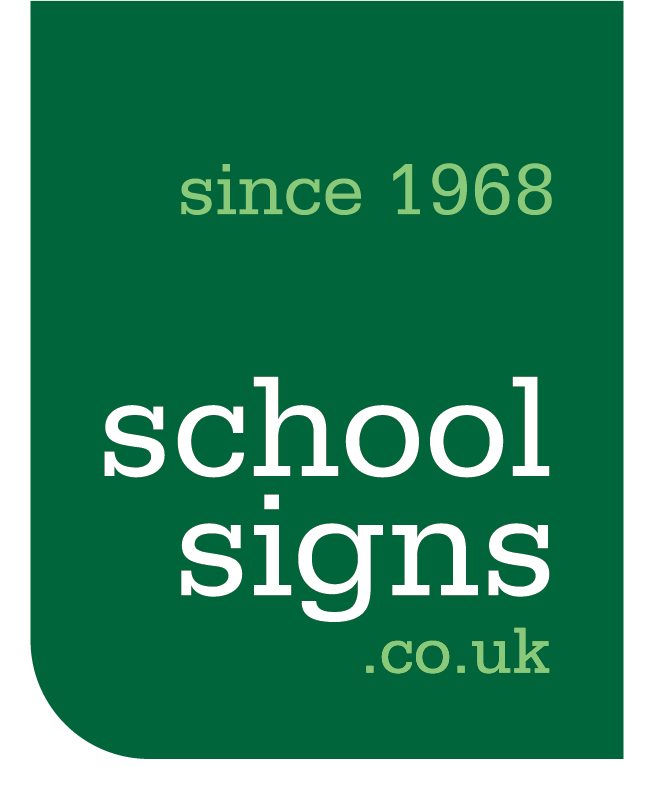Playground Signage
Introduction to Playground Signage
Playground signage is more than just functional; it’s essential for fostering a safe and engaging environment for children. This detailed guide delves into the importance, varieties, design principles, and compliance aspects of playground signage, offering insights and practical advice for anyone looking to enhance a play area.
Importance of Playground Signage
Safety Communication
Playground signs play a pivotal role in communicating safety instructions and ensuring that children engage with the play equipment in a safe manner. They act as preventive measures against accidents by informing and guiding behavior in play areas.
Directional Guidance
Navigational signs help visitors find their way through complex playgrounds or parks. They point out amenities, exits, and specific zones like toddler areas versus areas suitable for older children, enhancing the overall accessibility and usability of the space.
Types of Playground Signage
Informational Signs
These signs offer general information about the playground, such as park hours, the history of the location, and amenities available. They serve as the first point of contact for visitors to orient themselves.
Rules and Regulations Signs
Rules signs are crucial for setting the expectations for behavior on the playground. They might list age restrictions for certain equipment, the requirement of adult supervision, or prohibitions like no pets or no smoking.
Educational Signs
Playgrounds can be learning hubs. Signs that provide interesting facts about nature, science, or local history can enrich the children’s play experience, turning it into an opportunity for learning and discovery.
Designing Effective Playground Signs
Visibility and Readability
To be effective, signs must be easily noticeable and readable from a distance. This involves using vibrant colors, clear typefaces, and symbols that are universally recognizable.
Durability and Materials
The materials used for signs should withstand outdoor conditions, including UV exposure, rain, and temperature variations. Materials such as UV-resistant plastics, treated wood, or powder-coated aluminum are preferred for their longevity and minimal maintenance needs.
Placement Strategies
The placement of signs should be strategic to ensure they are seen by maximum visitors without obstructing play activities. Signs should be placed at entrances, near high-activity areas, and at decision points where directions might be needed.
Legal Considerations for Playground Signage
Compliance with Local Laws
Every locality has specific regulations governing public play areas, including the required signage. Ensuring compliance with these laws not only avoids legal repercussions but also ensures that the playground meets safety standards beneficial for public use.
Lessons Learned from Ineffective Signs
Conversely, examples of poor signage that led to confusion or accidents can serve as important lessons. These highlight the need for clear, visible, and appropriately placed signs to guide and protect park users.
Conclusion
Summary of Key Points
Effective signage in playgrounds ensures safety, aids in navigation, and enhances the educational value of outdoor spaces. Adhering to design principles and compliance requirements is essential for creating a welcoming and safe environment.
Future Trends in Playground Signage
Emerging trends include the integration of digital technologies, such as QR codes linking to educational content and interactive signs that use augmented reality to engage children in new and exciting ways.



